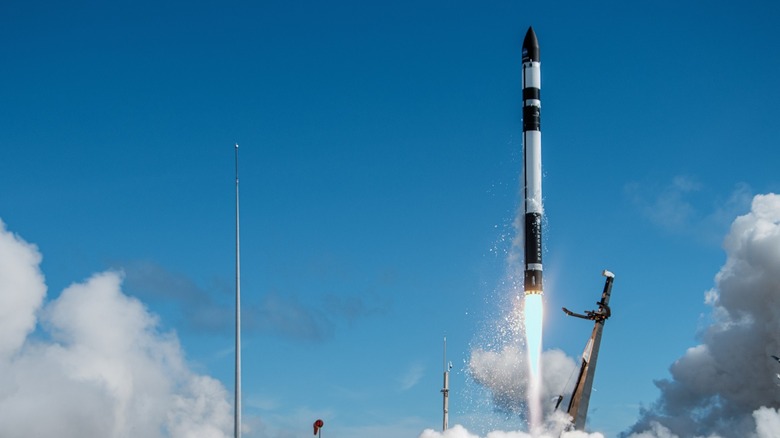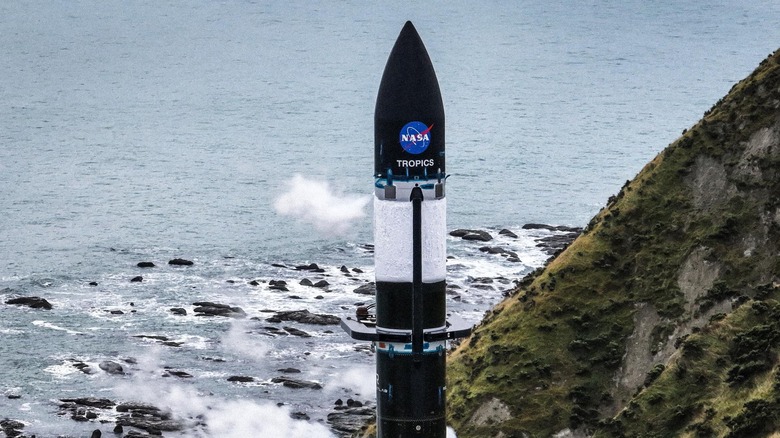Rocket Lab's TROPICS Satellite Constellation Soars To Success In Debut Launch
In a major fillip to NASA's hurricane, typhoon, and cyclone tracking capabilities, the space agency has confirmed the successful deployment of two new TROPICS satellites designed specifically to study these deadly natural phenomena. The launch of these satellites was carried out by Rocket Lab — a California-based aerospace company — on a small-sized rocket called the Electron.
The rocket took off from Pad B of Rocket Lab's launch site called the Launch Complex 1, located in Māhia, New Zealand, at 9 p.m. ET on Sunday, May 8, 2023. This newest satellite launch is part of NASA's "TROPICS" mission (Time-Resolved Observations of Precipitation structure and storm Intensity with a Constellation of Smallsats), something the space agency has been working on for several years.
NASA's TROPICS mission originally envisioned a six-satellite constellation aimed at enhancing our knowledge and understanding of extreme weather systems in the tropics. However, after the launch of the first two TROPICS satellites failed in June 2022, NASA decided to go ahead with the program anyway — albeit with a curtailed constellation of just four satellites. The latest launch was, therefore, crucial for the success of the TROPICS mission.
All satellites from the TROPICS constellation are designed to orbit the Earth in low-altitude orbit. This enables them to travel above any tropical storm at very short intervals — typically once an hour. This is way faster than the six-hour gap current weather satellites usually take. NASA has estimated that the newly deployed TROPICS satellites will have a lifetime of two years.
Two more TROPICS satellites will take off in less than two weeks
With the successful deployment of the first of four TROPICS satellites, NASA is now focusing its attention on two additional satellites expected to be placed in orbit in less than two weeks from now. Rocket Lab has confirmed that these additional satellites will be launched from the same site in New Zealand. In case of an unexpected delay, NASA and Rocket Lab have a very short 60-day window for launching the next pair of TROPICS satellites to meet mission objectives.
Each satellite belonging to the TROPICS constellation must be launched into an orbit of around 550 kilometers above the Earth's surface, and deployed at an inclination of around 30 degrees. The 60-day launch window also ensures that each pair of satellites can be launched at two different orbital planes spaced 180 degrees apart. This arrangement — as per Rocket Lab — will help these satellites maximize the coverage area and thereby help them achieve better prediction and storm tracking capabilities.
According to Karen St. Germain, director of the Earth Science Division at NASA Headquarters in Washington, the higher frequency of images outputted by TROPICS satellites will improve NASA's "situational awareness" after the formation of hurricanes. In addition, the data from TROPICS will also be helpful to agencies like the National Hurricane Center and Joint Typhoon Warning Center, who will benefit from the additional data relayed to them.

